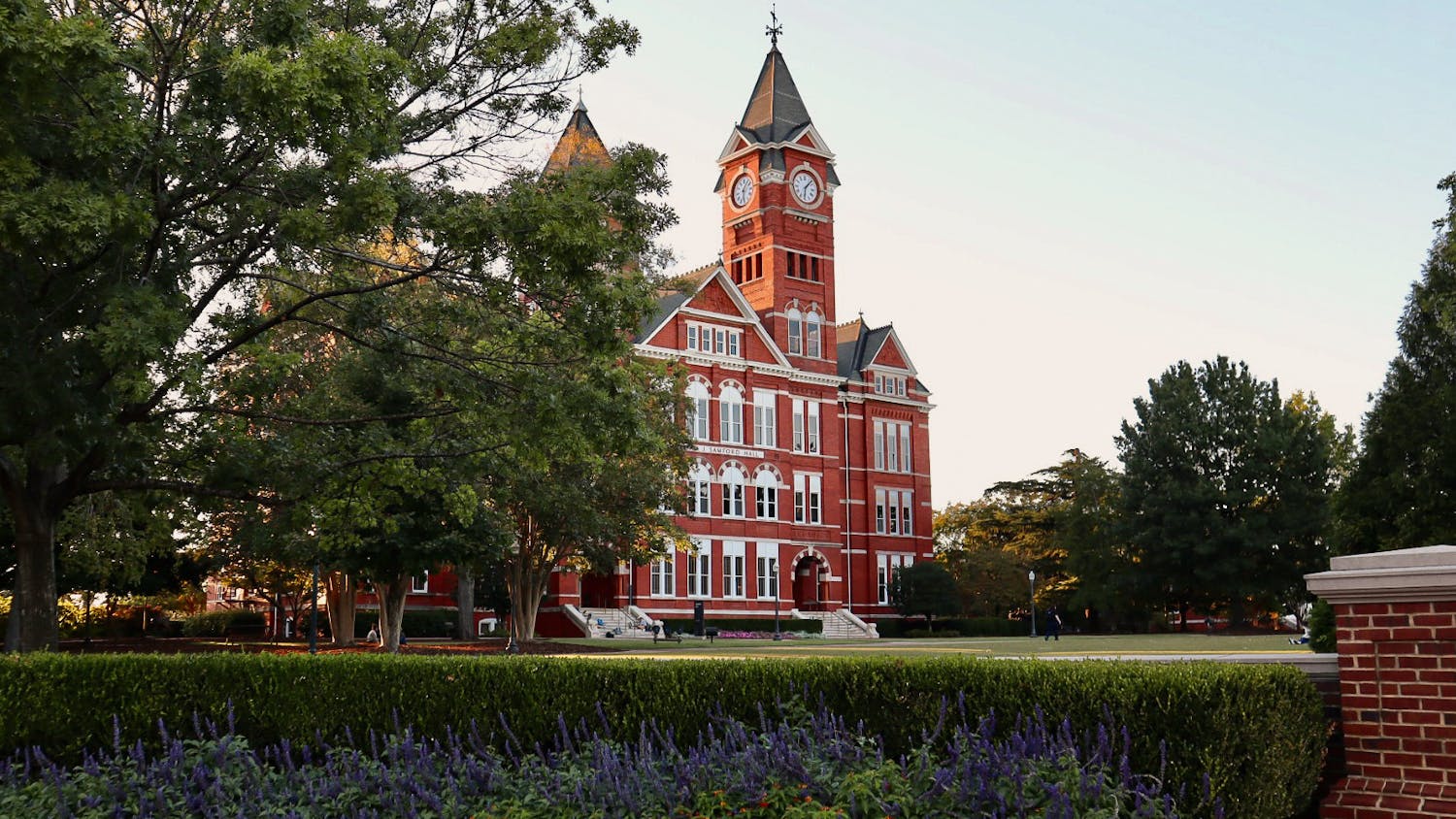The City of Auburn has introduced a new Web application allowing citizens to find more efficient routes around town thanks to the Information Technology Department-Geographic Information System division.
The idea was a melding of two projects, said Christopher Graff, GIS coordinator for Auburn.
"The application not only helps the fire and police departments' response times," Graff said. "It also helps with saving fuel by more efficiently routing city vehicles."
The second part of the project came for Auburn's cycling community, Graff said.
"They wanted a way to publicize how effective cycling in Auburn has become," Graff said, "and that you can, indeed, ride pretty easily anywhere in the city while avoiding major roadways."
Graff also said since they began publicizing the project and Web site Oct. 9, the department has seen a steady rise in traffic for the site.
"We're seeing 30 to 50 people using it per day," Graff said.
For the public, the benefit lies in the accuracy of the data used to route a vehicle.
Unlike some of the notable routing engines such as Google, Yahoo and MapQuest, this system uses much more precise data, Graff said.
"Additionally this application takes into account local road closures," Graff said. "So, when the city closes a road or intersection, that road or intersection is closed in the application and will find an alternate route for you. So, what sets this apart from other routing engines is the local knowledge ours draws from."
Another benefit this application offers is to the fire department.
It is used to define the city's fire response zones.
"These zones say which stations respond to which areas," Graff said. "Our application quantitatively measured how fast an engine can get from each fire station to every home in Auburn. With that data, we know exactly which station or stations should respond to any call, what order to dispatch them and approximately how long it should take to arrive."
However, feelings are mixed about whether this application is actually necessary in a city such as Auburn.
"I have an iPhone and have been delivering pizza in this town for four years," said Philip Smith, senior in French. "Everything in Auburn goes straight or in a circle. It's not that hard to figure out."
Lizanne DeSonier, senior in international business, said she does not think the application is necessary, but would consider using it.
"Would I use it?" DeSonier said. "Absolutely. "If the application delivers on its promise by promptly guiding me to where I need to be, then why not?"
The program works by having geographic information system data for each street in Auburn, Graff said. With the data and GIS software, the department wrote a program that traverses the street network based on their locations and intersections.
Each street in the system has a series of values attached to it such as length, speed limit and traffic volume.
There is also similar data for bike facilities such as bike routes, lanes and off-road paths.
"We then wrote some formulas that tell the routing software to preference certain streets based on those values," Graff said. "So, for example, if a user wanted a bicycle route, the formula would pick low traffic volume, low speed limit streets that had bike lanes on them. So, the user tells the computer where they want to go, and these formulas tell the routing engine to select the best matching streets to connect the points."
The application can be accessed at www.auburnalabama.org/maps.
Do you like this story? The Plainsman doesn't accept money from tuition or student fees, and we don't charge a subscription fee. But you can donate to support The Plainsman.




